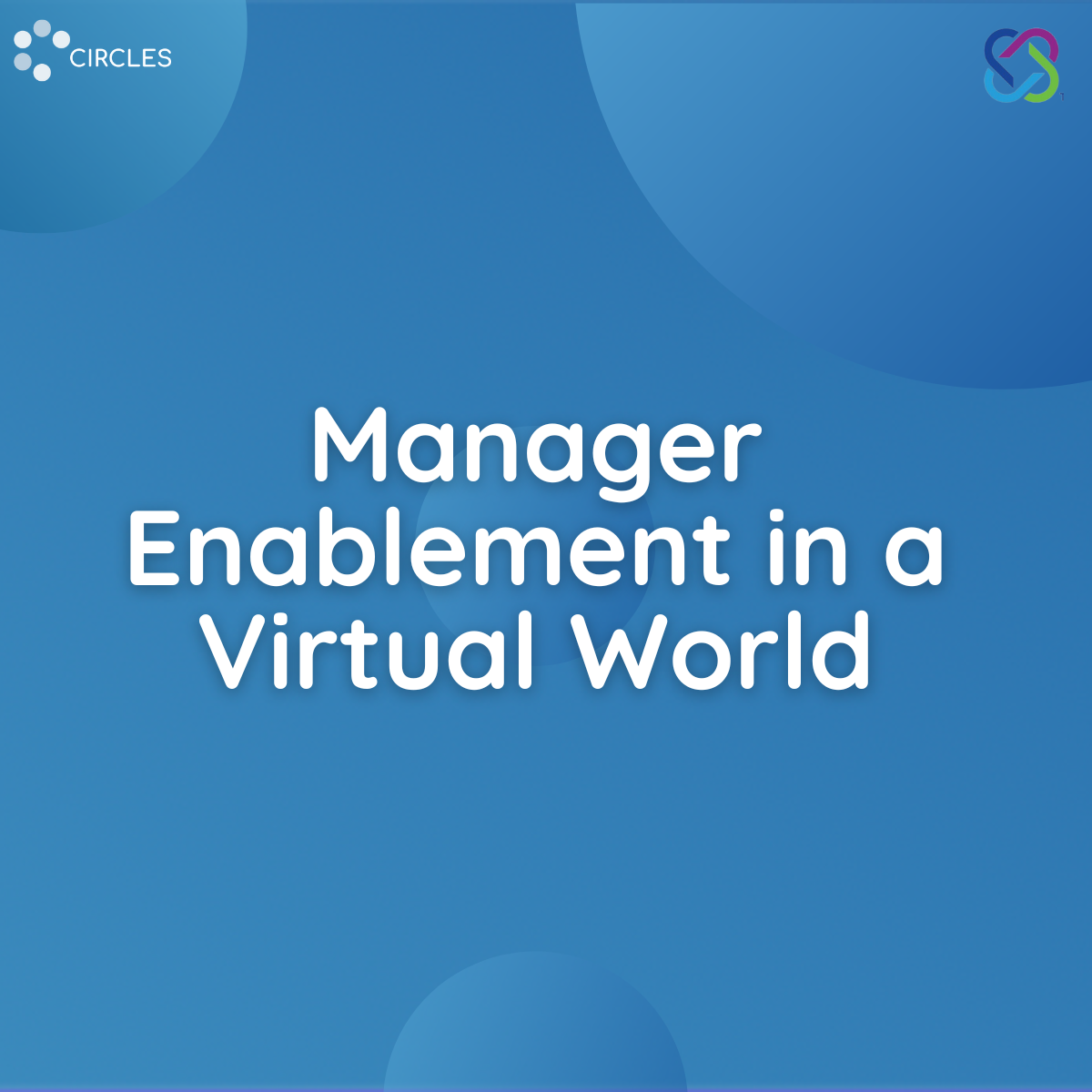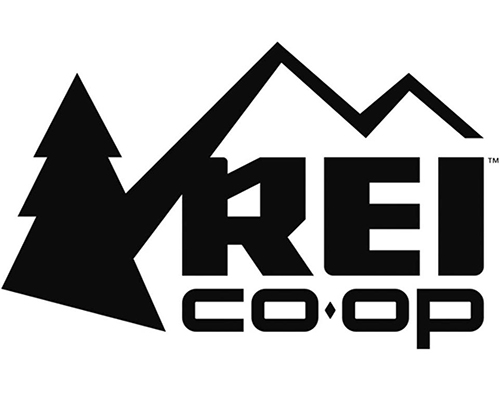Merakey works to empower communities with innovative care and education solutions. Like many organizations, they weathered pandemic realities like high turnover and virtually onboarding new recruits. Alex Markey, who’s worked in Merakey operations since 2012, has noticed how easily today’s hybrid and remote teams become disjointed and siloed. In an effort to fight workplace disconnection, she and other managers stepped away from their day-to-day responsibilities and joined a four-session Women’s Leadership CircleSpace program. Her response: “I trust that group of leaders now. I learned more about them as people through the sessions, and I feel like in the future, when a workplace issue comes up, we can pick up the phone and talk it through.”

Manager Enablement in Circles
Ali Bolick leads Merakey’s enterprise-wide learning team, and was the first at Merakey to discover CircleSpace. In the midst of rolling out a new manager training program, she joined a one-off session, immediately noticing the psychological safety. “People can be themselves in CircleSpace–they are not afraid to share.” Captivated by her experience, she shifted the remaining new manager program sessions into CircleSpace. The completely redesigned Merakey New Manager Training now incorporates peer circles, providing space to practice, apply and sustain concepts and behaviors. “We’re providing safe spaces for people to be themselves.”
By design, CircleSpace creates unique, trusting team spaces. Ali enjoyed how structured elements like sparks kept meaningful conversations flowing. Betty Boyd, another Merakey leader and participant, described the experience as a unique place to let down one’s guard. “My personality is a bit hesitant and shy–in circles, the small size of the group feels safe, and the features give me time to think before responding.” Alex says she felt calmed by the experience. “Guided by the music and the thinking time, there’s less pressure and more space to think.”
Facilitation also enhanced the group’s experience. Merakey opted for pro-facilitation provided by Circl.es Certified Guide Katy Becker. Participants raved about her, sharing “Katy helped us feel comfortable. She led by example and modeled vulnerability, leaving space for us without rushing us.”
Developing Merakey CircleLeaders
Merakey also sent five of their own team members through a three-session CircleLeader training. One of them, Kristen Smith, is now a Merakey CircleLeader, empowered to design and deliver circles sessions independently. Kristen felt the main takeaways of her CircleLeader training included personal growth, enhanced leadership abilities, and empowerment to help build healthy communities. “I walked away from my cohort having experienced firsthand that truly authentic human connection is achievable in a virtual hybrid workplace.”

Every participant gave the Women’s Leadership Circles glowing feedback. Betty has been with Merakey for 35 years in different capacities, and reflected: “I’ve worked with some of these women for many years, and never had a chance to know them on this level. I have a whole new appreciation of who they are and would like to stay connected and check in.” She also said the group encouraged her to start a book she’s been wanting to write. Alex felt inspired by the group to focus on self-care, vowing to make more time for herself. Participants were quick to point out that any actionable items arose gently and organically. As Alex shared: “When it came to accountability, there was no pressure to report out or meet goals. Yet the experience still created a desire for taking steps towards growth.” The women left strategizing how to stay connected with one another–even Katy, the Circl.es Certified Guide. “By the last session, we were so deeply connected that I wish we could keep meeting. I miss you all already.”
Scaling Trusting Teams at Merakey
Ali’s team began brainstorming how to scale circles throughout Merakey. “In the end, we want to deliver our mission and values internally and externally, and Circles helps us do that.” She’s working with the Circles team to identify where else to apply the Circles magic, asking questions like: What’s not being said? What’s being swept under the rug? How can we create safe spaces for accountability? Ideas for next steps include:
- Manager Enablement: Fully customizing a program for new managers that will involve team building, DEI, recruiting, and e-learning on a variety of other topics.
- Executive Sponsorship: Working with the executive team to decide what Merakey teams need, then curating a program.
- Cross-functional team trust: Gathering peers across departments in circles to foster team trust, bust silos and build relationships.
Today’s companies must solve problems they didn’t have before the pandemic, replacing the mortar between the bricks, the (human) connective tissue that bonds their organization. The solution involves carving out intentional time to come together and attend to relational team dynamics. Circles helps dispersed teams create a cadence of building trust in safe, unique safe spaces. As Ali summarizes so well: “Authentic connection is lacking in the virtual world. Circles recreates the water cooler.”

Are you interested in trying Circles yourself, or with your team? Check out our newest experience, The Team Table. The first session is on us!





